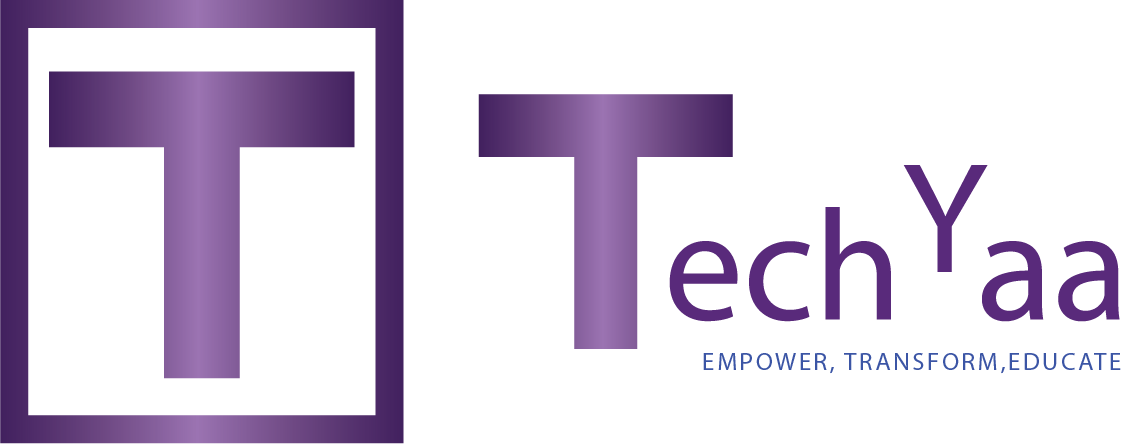for Secure Web Applications, In today’s digital age, web applications play a pivotal role in our daily lives, facilitating everything from online shopping to social media interactions and beyond. However, amidst the convenience and accessibility they offer, web applications also present numerous security challenges. As cyber threats continue to evolve, ensuring the robustness and security of your web applications is paramount for safeguarding user data and maintaining trust.
In this comprehensive guide, we’ll delve into the world of secure web applications, exploring common vulnerabilities such as SQL injection, cross-site scripting (XSS), and insecure authentication mechanisms. We’ll discuss best practices for mitigating these risks, including input validation, proper authentication and authorization protocols, and the use of secure coding practices.
Additionally, we’ll explore the importance of regular security audits and penetration testing to identify and address potential vulnerabilities proactively. By implementing these measures, developers can build web applications that not only provide seamless user experiences but also prioritize the protection of sensitive data in an ever-evolving threat landscape.
With a proactive approach to security, developers can bolster the resilience of their web applications, instilling confidence in users and maintaining the integrity of online interactions.
Understanding Common Vulnerabilities
Before diving into the strategies for building secure web applications, it’s essential to understand the common vulnerabilities that threaten their integrity:
1. Injection Attacks
Injection attacks, such as SQL injection and cross-site scripting (XSS), occur when malicious code is injected into input fields, allowing attackers to execute unauthorized commands or steal sensitive information.
2. Cross-Site Request Forgery (CSRF)
CSRF attacks exploit the trust between a user and a web application by tricking the user into unknowingly performing actions on the application without their consent.
3. Insecure Authentication
Weak authentication mechanisms, such as storing passwords in plaintext or using weak encryption algorithms, make it easier for attackers to gain unauthorized access to user accounts.
4. Security Misconfigurations
Misconfigured servers, databases, or web frameworks often leave loopholes that attackers can exploit to gain unauthorized access or execute malicious actions.
5. Insecure Deserialization
Insecure deserialization vulnerabilities allow attackers to manipulate serialized data objects to execute arbitrary code, leading to potential system compromise.
Best Practices for Secure Web Applications Development
Now that we’ve identified common vulnerabilities, let’s delve into best practices to mitigate these risks and build secure web applications:
1. Input Validation and Sanitization
Always validate and sanitize user inputs to prevent injection attacks. Use parameterized queries and input validation libraries to ensure that user-supplied data is safe and free from malicious code.
2. Implement Cross-Site Request Forgery (CSRF) Tokens
Include CSRF tokens in your web forms to validate the authenticity of requests and prevent CSRF attacks. These tokens ensure that each request originates from the legitimate user and not from a malicious source.
3. Strong Authentication and Authorization
Implement secure authentication mechanisms, such as multi-factor authentication (MFA) and password hashing with salt, to protect user credentials from unauthorized access. Additionally, enforce proper authorization controls to restrict access to sensitive resources based on user roles and permissions.
4. Regular Security Audits and Patch Management
Conduct regular security audits of your web applications to identify and remediate security vulnerabilities proactively. Stay informed about the latest security patches and updates for your web frameworks, libraries, and dependencies to mitigate emerging threats.
5. Employ Content Security Policy (CSP)
Implement Content Security Policy (CSP) headers to mitigate the risks of cross-site scripting (XSS) attacks by specifying the trusted sources of content and preventing the execution of untrusted scripts.
At the End
Building secure web applications requires a proactive approach to identify and mitigate common vulnerabilities effectively. By understanding the threat landscape and implementing best practices in secure web development, developers can fortify their applications against potential cyber threats and safeguard user data with confidence.
Remember, security is not a one-time task but an ongoing commitment to stay vigilant and adaptive in the face of evolving cybersecurity challenges. By prioritizing security throughout the development lifecycle, developers can contribute to a safer and more resilient digital ecosystem for all users.
With these strategies in mind, let’s embark on the journey of building secure web applications that prioritize both functionality and security in equal measure. Together, we can create a safer and more trustworthy online experience for users worldwide.




